The Heron belongs to a group of aquatic birds in the Ardeidae family. Most Herons have long legs, long necks, and long, pointed beaks. There are several different types, including egrets, bitterns, and night Herons. There are over 60 different species in the Heron family, and at least 18 different taxonomic genuses. Read on to learn about the Heron.
Description of the Heron
Because they are such a diverse family of wading birds, each species of Heron is different. Generally speaking, they have long legs and long curved necks, though some species are shorter than others.
Their beaks, or bills, are normally long and pointed. Their plumage, or feathers, varies greatly in color from species to species. Some are primarily white or gray, while others are blue, green, and everything in between. The tallest species stands about five feet tall, though most species are much smaller.
Interesting Facts About the Heron
With so many different species, which have many different behaviors and adaptations, it is difficult to choose which facts to present! Instead, we will highlight a few magnificent species and their unique traits.
- Goliath Heron – Let’s start off with the largest of the bunch, the Goliath Heron. This species is undeniably the largest in the family. They stand 5 feet tall and weigh over 10 pounds! As if that wasn’t impressive enough, when they spread their wings, their wingspan is about 7.5 feet across.
- Little Bittern – On the other end of the size spectrum is the Little Bittern. This little bird is the smallest in the Heron They stand just a foot tall, and their wingspan is just under two feet across. These little birds creep through reed beds and bushes in search of small prey.
- White-Bellied Heron – This species is unique because it is incredibly rare. The IUCN lists this bird as Critically Endangered. Scientists estimate that there are no more than 250 of these birds in the wild, and possibly as few as 50 left. Habitat destruction is the primary threat to this species.
Habitat of the Heron
These birds live across a wide expanse of the globe, and throughout that range they inhabit a wide variety of habitats. The vast majority of Heron species live in aquatic ecosystems, primarily shallow freshwater habitats.
They also live in brackish and saltwater environments as well. Some of the different habitats that they live in include swamps, wetlands, marshes, mud flats, and the edges of ponds, lakes, streams, oceans, bays, and more.
Distribution of the Heron
These birds live virtually worldwide, with the exception of Antarctica. They live across all other continents, save for high mountains, frigid Arctic regions, and arid deserts.
The highest volume of species lives in tropical regions, though they also occur elsewhere. Different species live across Eurasia, Africa, Australia and the surrounding islands, North America, Central America, and South America.
Diet of the Heron
Most Herons are wading birds, and feed primarily on aquatic creatures. They eat a variety of fish, crabs, shrimp, aquatic insects, frogs, worms, salamanders, and everything in between.
Many species also hunt in drier areas, and feed on snakes, lizards, small birds, mice, rats, and more. They hunt by wading quietly through shallow waters, and use their long curved necks to strike like a snake at their prey.
Heron and Human Interaction
With so many different species of these birds, human interaction varies wildly from species to species. Some species are incredibly common and widespread. Other species live only in a tiny region and human activity threatens their very existence.
Habitat destruction is usually the primary threat to these birds. Humans also hunt them, kill them for eating commercially valuable fish, and accidentally tangle them in fishing line or nets. These interactions impact different species to various extents, some more severely than others.
Domestication
Humans have not domesticated this species in any way.
Does the Heron Make a Good Pet
No, Herons do not make good pets. Just like with any other species that eats lots of fish, these birds have foul smelling poop. Additionally, it is usually illegal in most places to own one as a pet.
Heron Care
Some species of these birds are more common in zoos than other species. Most of the birds in zoos are there because they are important members of conservation breeding programs, or because they cannot survive in the wild.
Sometimes birds sustain injuries, and those injuries make it impossible rescuers to release them into the wild again. In those cases, the birds live in a zoo or aquarium and get free meals for the rest of their life. They eat a variety of fish, shrimp, insects, and even small mammals.
Behavior of the Heron
Heron behavior varies from species to species. Some species are solitary outside of the breeding season, and hunt alone. Other species are solitary while hunting, but roost in small flocks of birds. The vast majority of species congregate in large numbers during the breeding season. Some breeding flocks, known as colonies, contain several hundred birds.
Reproduction of the Heron
Because there are so many different species, reproductive rates vary drastically. Many birds are monogamous, breeding with the same mate year after year. Others breed with one partner for a season, and choose a new one the next year.
Their clutches normally contain between three and five eggs on average, though this varies by species. The amount of time it takes for the eggs to hatch, and the chicks to fledge, varies greatly by species.

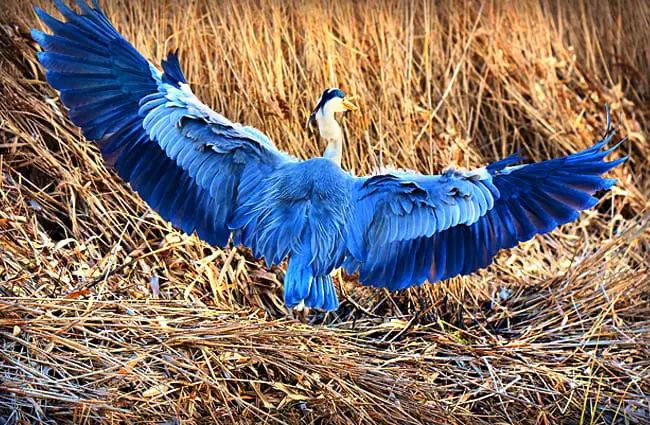


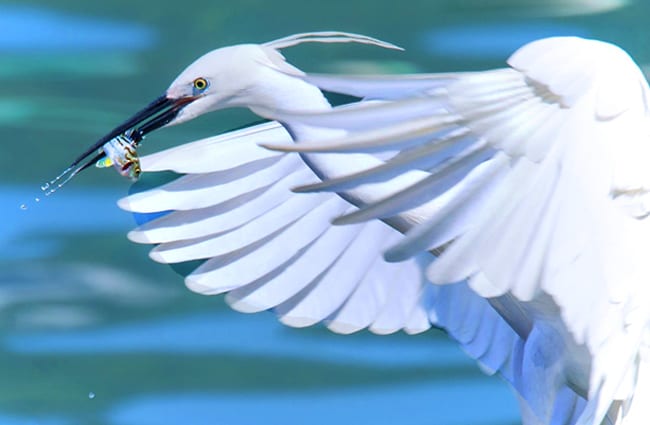
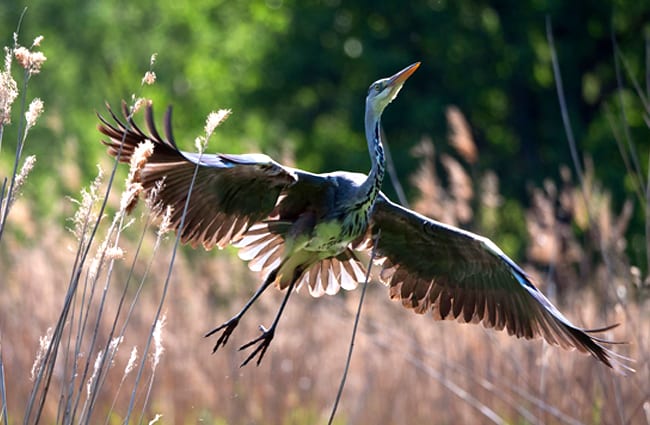

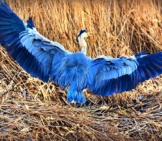
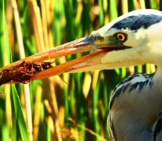




![Red Angus Closeup of a beautiful Red Angus cowPhoto by: U.S. Department of Agriculture [pubic domain]https://creativecommons.org/licenses/by/2.0/](https://animals.net/wp-content/uploads/2020/03/Red-Angus-4-238x178.jpg)












![Red Angus Closeup of a beautiful Red Angus cowPhoto by: U.S. Department of Agriculture [pubic domain]https://creativecommons.org/licenses/by/2.0/](https://animals.net/wp-content/uploads/2020/03/Red-Angus-4-100x75.jpg)

